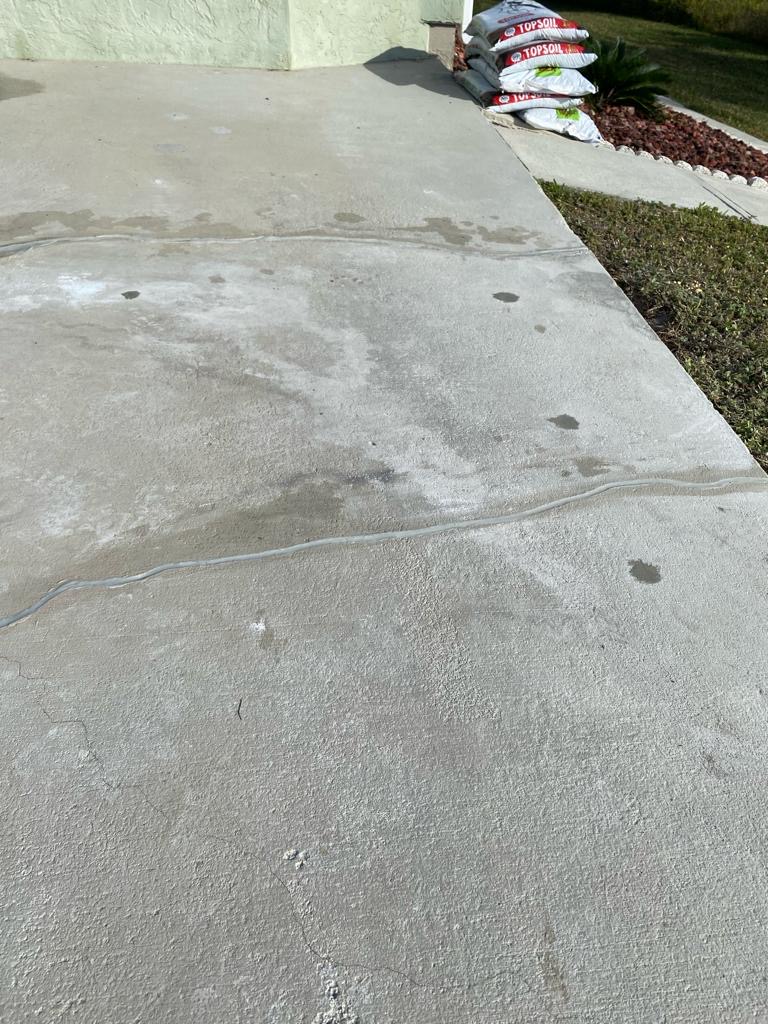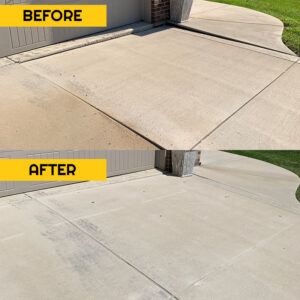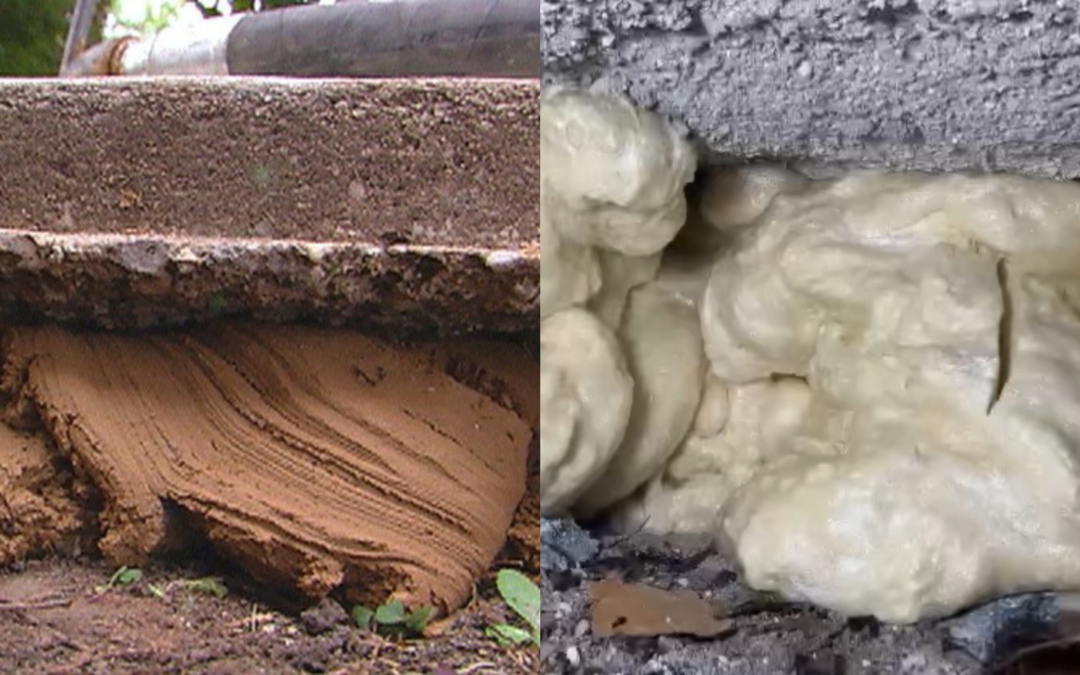Mudjacking and concrete lifting with polyurethane foam are the two methods homeowners and business owners have when it comes to repairing sunken or uneven concrete. While both methods aim to restore stability and level surfaces, they differ in materials, techniques, costs, and longevity. Understanding these differences can help you make an informed decision about which solution best fits your needs.
What is Mudjacking?
Mudjacking is a traditional method of concrete leveling. It involves drilling small holes into the sunken concrete slab and injecting a slurry mixture of water, soil, sand, and cement underneath. As the mixture fills the voids, it raises the slab back to its original position.
What is Concrete Lifting (Polyurethane Foam Injection)?
Concrete lifting, also referred to as polyjacking or foam jacking, is a modern alternative to mudjacking. This technique involves injecting an expanding polyurethane foam beneath the concrete. The foam fills gaps, hardens quickly, and lifts the slab with precision.
Weight & Load on Soil
- Polyurethane Foam: Lightweight (about 2-4 lbs per cubic foot), reducing the risk of further soil compression.
- Mudjacking: Heavy (up to 100 lbs per cubic foot), which can contribute to additional settling over time.

Hole Size & Aesthetic Impact
- Polyurethane Foam: Requires smaller injection holes (typically ⅜ inch), making it less noticeable.
- Mudjacking: Uses larger holes (1-2 inches), which can be more visible and potentially weaken the concrete.
Longevity & Durability
- Polyurethane Foam: Waterproof, resists erosion, and does not degrade over time.
- Mudjacking: Uses a slurry mix of cement, soil, and water that can wash away or break down over time.
Cure Time & Usability
- Polyurethane Foam: Sets within 1 minute, allowing for immediate use.
- Mudjacking: Takes 24-72 hours to fully cure, delaying usability.
Precision & Effectiveness
- Polyurethane Foam: Expands to fill voids and provides precise lifting.
- Mudjacking: Can be less precise, as the heavier material may not flow into all voids effectively.
Moisture Resistance
- Polyurethane Foam: Fully resistant to water and won’t absorb moisture.
- Mudjacking: Can absorb water, leading to erosion and weakening over time.
Cost Comparison
- Polyurethane Foam: Typically more expensive upfront (due to specialized materials and equipment).
- Mudjacking: Generally cheaper but may require rework due to long-term settling issues.
Which One Should You Choose?
- If you want a long-lasting, lightweight, and quick solution, polyurethane foam lifting is the better choice.
- If you’re looking for a budget-friendly, short-term fix, mudjacking might be more appealing.

Whether you think mudjacking or polyurethane foam is the right fit for you, our experts at Sealtite are here to help. We offer professional concrete lifting services in Central Illinois.
Check out these links for more information on this topic.
